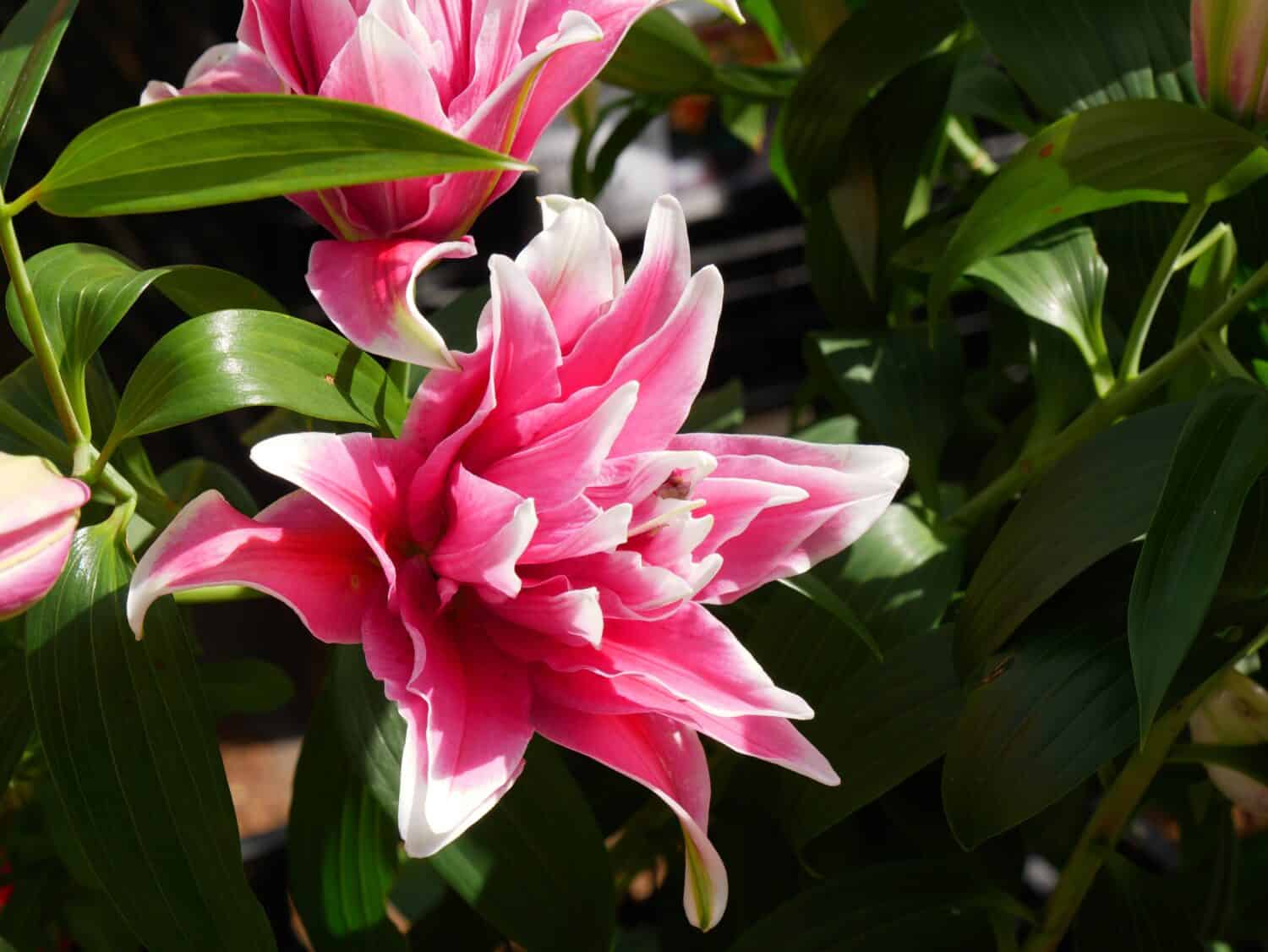Going to the trouble of planting flowers and having nothing sprout can feel defeating. Some flowers will grow, yet won’t bloom when you may expect it. For instance, if the bulbs are too little or immature, congested, planted too shallowly, or in excessive shade, lilies won’t blossom.
Since they need a time of cold weather to blossom, some lilies won’t flower if wintertime temperatures are too warm. For lilies to bloom correctly, there has to be plenty of sunlight, adequate, continuous soil moisture, and minimal fertilizer.
Continue reading to learn the reason why your lilies aren’t blooming as well as all the greatest procedures to guarantee that they do next year.
1. Bulb Type
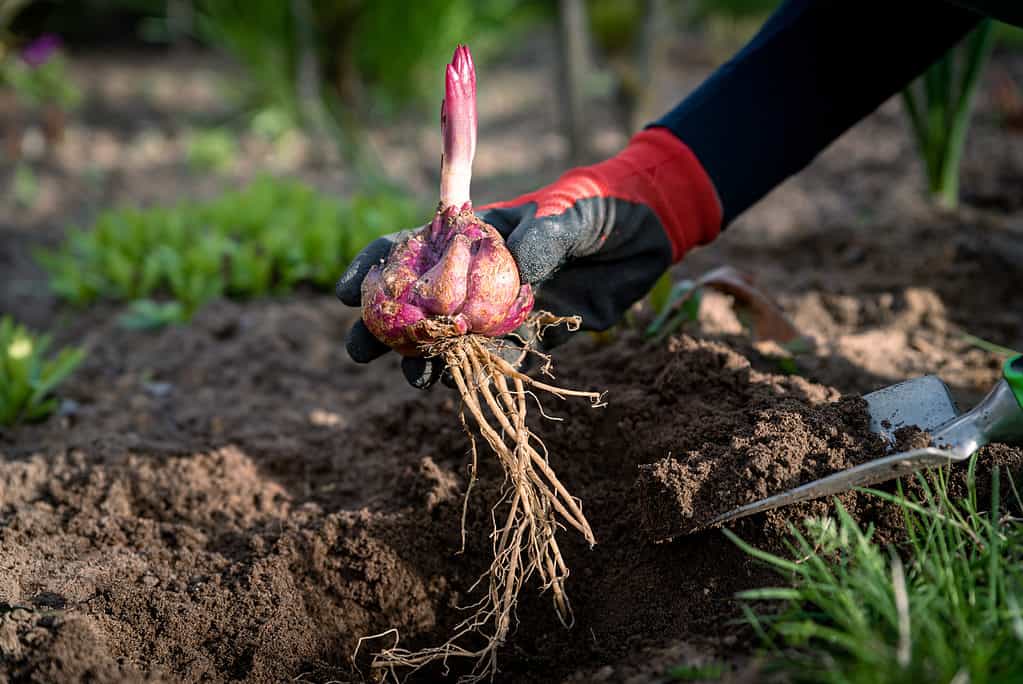
Knowing when to plant lily bulbs determines whether or not your plant will thrive.
©Damian Lugowski/Shutterstock.com
If your lilies aren’t blooming around a year after planting, the form and maturity of the bulb may be to blame. Small bulbs frequently lack the nutrients and energy needed for the flower to develop and produce flowers in its first year since it needs quite a bit of energy for a bulb to blossom.
The bulb’s likelihood of blooming the following year increases as it develops and grows. A lily with flowers is far more likely to grow from a larger, more developed bulb because they have a greater amount of energy conserved for the plant’s ability to flower in the springtime.
To produce robust lilies and an attractive display of flowers following planting, it’s crucial to be picky when picking bulbs for lilies or any blossoming plants in greenhouses. Make sure to choose the largest, healthiest-looking bulbs you can.
2. Bulbs Aren’t Deep Enough
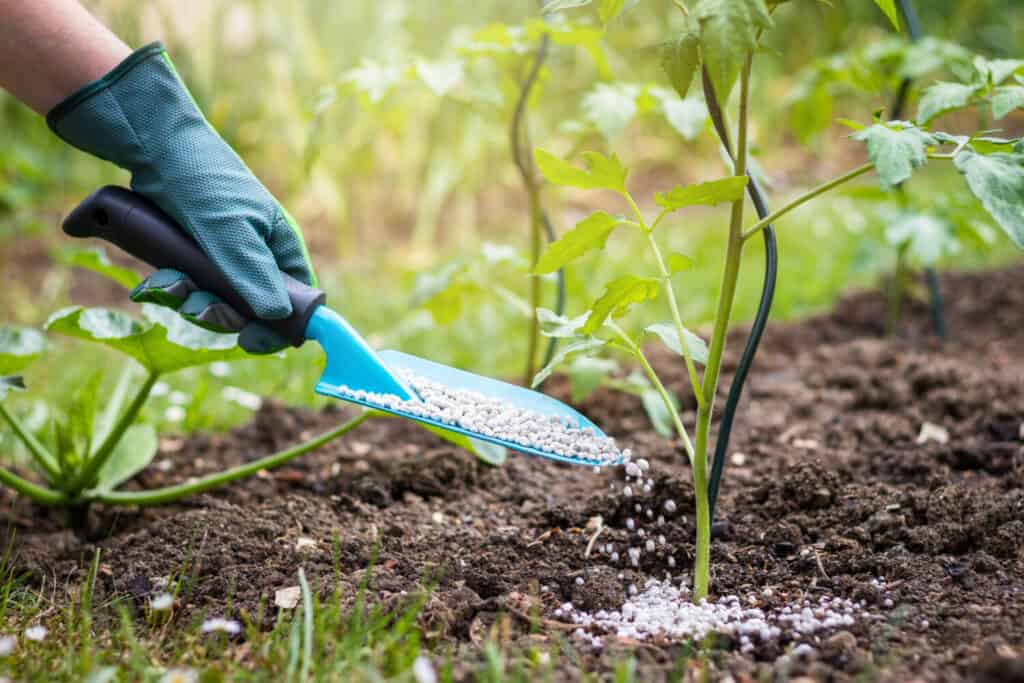
Planting the bulb too deep or too shallow can cause it to not bloom.
©encierro/Shutterstock.com
The lily bulbs’ ability to bloom may depend on the depth at which you plant them. In contrast to bulbs put too deeply, which may result in delayed or no blossoming, bulbs sown too shallowly may be damaged by frost, which will keep lilies from blooming.
The optimum method for growing lily bulbs is to bury them four times as deep as each bulb’s diameter. As a result, the bulb is safe during cold temperatures and can grow robust and healthy once it warms up.
3. The Winter Was Too Warm
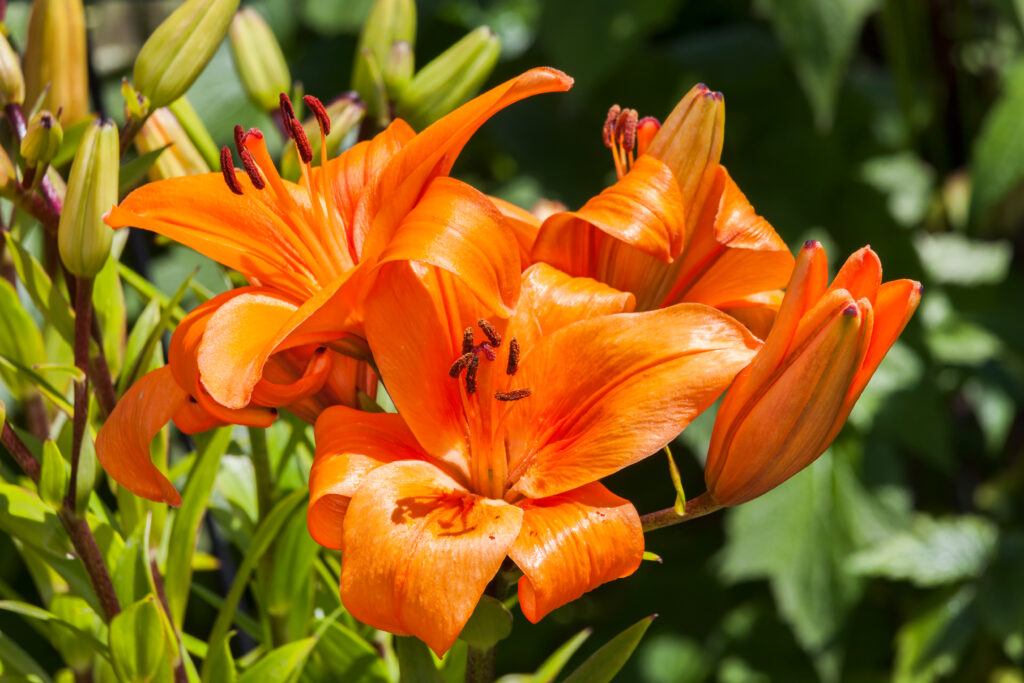
Asiatic lilies are also called Enchantment flowers.
©Tony Baggett/Shutterstock.com
We know – it sounds like a juxtaposition to have a warm winter. The Asiatic lily, one of the most popular kinds of lily, needs a cold winter in order to bloom in warmer weather. This is due to the bulb’s adaptation to a seasonal pattern of temperature shift, which allows the bulb to determine when to start growing and producing blooms at the beginning of spring.
Since Asiatic lilies are evolved to the temperature patterns of temperate climates, growing them in a warm climate as opposed to a cooler one may result in the winter season not being chilly enough for the plant to go through this process, which could cause the plant to grow poorly and fail to bloom.
It is advisable to choose the appropriate lily species that’s right for the region’s climate.
4. Trimming Foliage Too Early
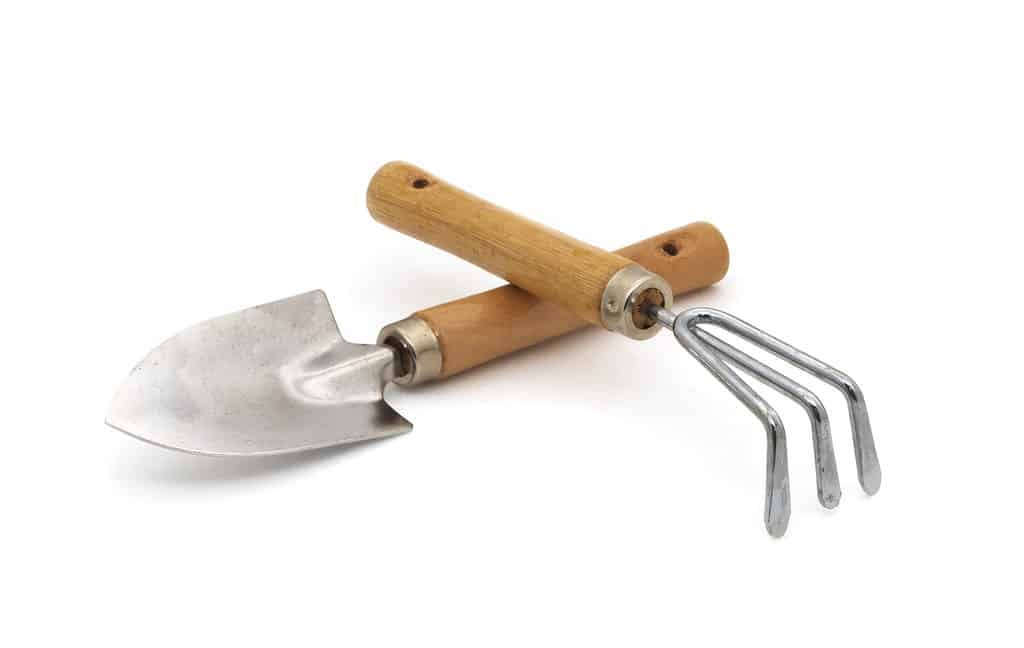
Hold off until fall to trim foliage.
©LubaShi/Shutterstock.com
Gardeners of all kinds may choose to remove the lily’s foliage in neat formal landscapes before the flowers open rather than waiting until the leaves fade to yellow and brown closer to autumn.
There’s nothing wrong with wanting to keep a tidy garden, but doing this too soon with lilies can lead to a lack of blooms. If you remove the leaves from lilies after they have flowered, they won’t be able to preserve their energy for the upcoming spring and won’t produce flowers.
After blossoming, the lily’s leaves continue to live and use the remainder of the summer and fall to absorb nutrition and gain energy from sunlight for their development and production of blossoms next year.
5. Diseases
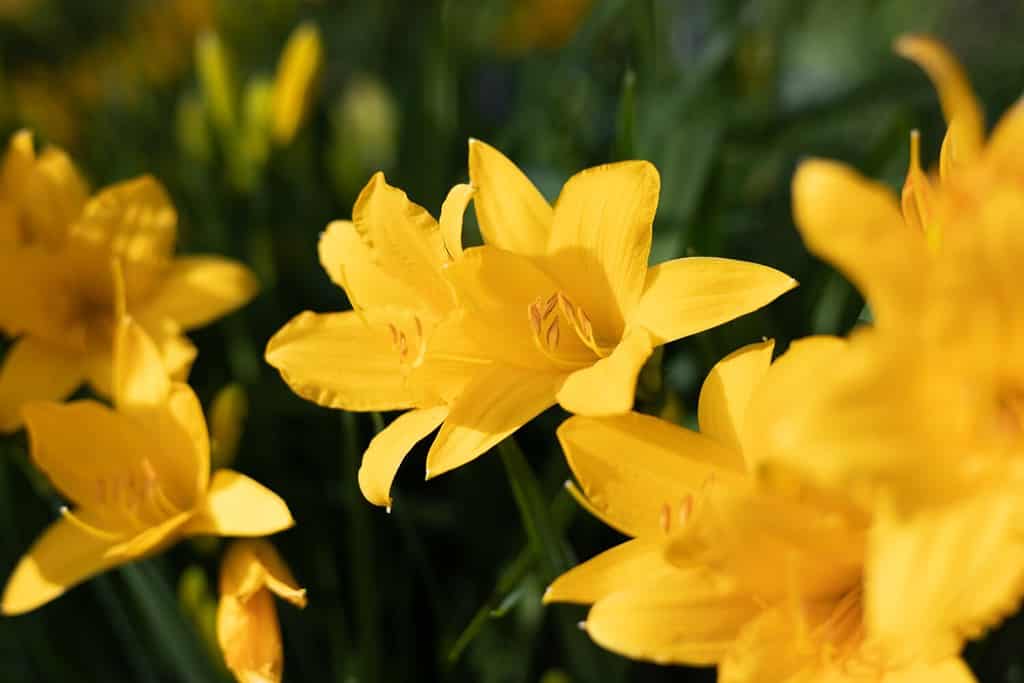
Planting your lilies in the appropriate area can help prevent diseases.
©DiandraNina/Shutterstock.com
Lily plants are susceptible to a number of maladies, fungi, and viruses. These have the drawback that it can be challenging to determine what kind of sickness the plant genuinely has.
When a plant is ill, it usually grows gradually, sometimes stops growing altogether. You’ll have to treat the disease in order for the flower to bloom. The likelihood is that the plant is attempting to fend off disease and has given up the blossoms so it can concentrate entirely on the ailment if it has already blossomed before suddenly losing all of its flowers.
6. The Soil Has Too Much Nitrogen

Soil has to be just right for lilies to bloom.
©Deemerwha studio/Shutterstock.com
Lilies frequently do not need additional fertilizer and thrive strongest in rich, nutrient-rich soil. If you place fertilize prematurely in the spring, prior to flowering, it can frequently result in plenty of lush foliage but few blooms.
There isn’t much you are able to do to encourage flowering after this happens to a growing lily. If that’s the issue, you’ll now know to reduce fertilizer use and wait until the next year.
A fertilizer added after blossoming can be helpful for lilies that are in poor conditions or even in potting soil in which they could have consumed nutrients from the soil.
7. There Isn’t Enough Sun
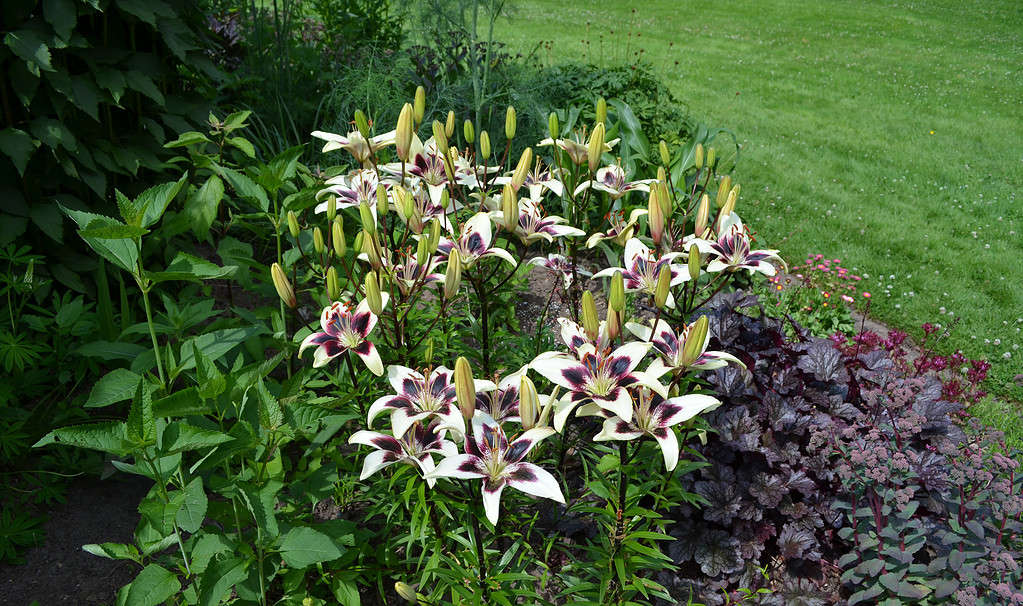
One should plant lilies in direct or semi-direct sunlight.
©Scott Cummings/Shutterstock.com
For the majority of lily species, at least six hours of sunlight every day are ideal for flowering displays. While lilies grown in full or partial shade frequently sprout but fail to flower, with adequate sunlight, the lily has the nutrients needed for flowering.
Try trimming back any hanging tree limbs or vegetation covering the lilies if they are in a shady region of your yard to make room for additional light. The best course of action is to hold off until autumn when the lily has died and then dig out the bulbs in order to transfer them to a sunny region of the yard if it is not feasible to provide light by trimming down other trees and shrubs.
Transplant shock can occur if you try to move the lilies while they are still developing in the spring or summertime. Do keep in mind that drought is more likely in areas with full sunlight, so it might be an effective strategy to mulch the soil surrounding the lilies with fertilizer to help with conserving water.
8. Bulbs Are Overcrowded
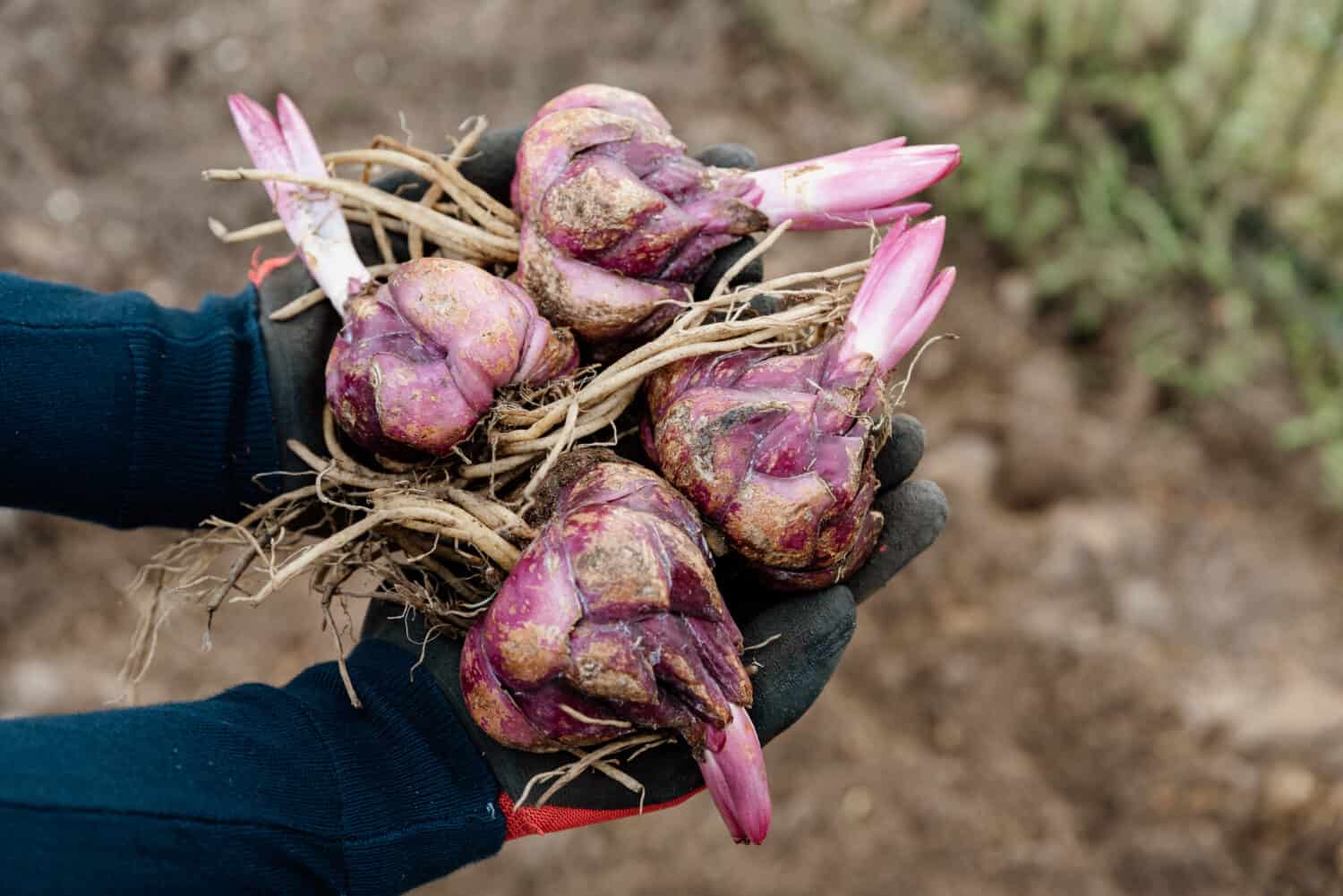
Lily bulbs need space to gather the proper amount of nutrients.
©Damian Lugowski/Shutterstock.com
Planting the bulbs too closely together is a frequent cause of lilies failing to blossom. When the springtime foliage begins to emerge, if the bulbs are densely packed, they will compete with one another for the environment, water, nutrients, and sun.
Digging up the bulbs and planting them farther apart is a remedy to this problem, ensuring every lily is privy to all the materials needed for blossoming.
Place each individual bulb a minimum of eight inches apart for the best chance of a blooming lily. This makes sure that the lily flowers have sufficient space to grow and are reasonably close for a decent floral display.
If your lilies aren’t blooming and you realize they are excessively close together, in autumn, dig them out of the ground and move them to a more suitable location so they have a chance to adapt to their new environment before maturing and blooming in the spring.
9. Planting Lily Bulbs in the Wrong Direction

Gardeners should always plant lilies vertically.
©Mariia Boiko/Shutterstock.com
When planting lily bulbs, make sure you consistently position them with the pointy side pointing up. While you are planting them or if a wild animal or dog begins to dig in the earth, some lily bulbs may turn in a different direction.
The lily bulb will begin to grow in this situation as usual, but it will require much more energy to realign itself if it’s not facing up. The surplus energy typically means that the bulb won’t have a sufficient amount to generate flowers for the year, but it’ll probably flower the following year.
10. Not Enough Water
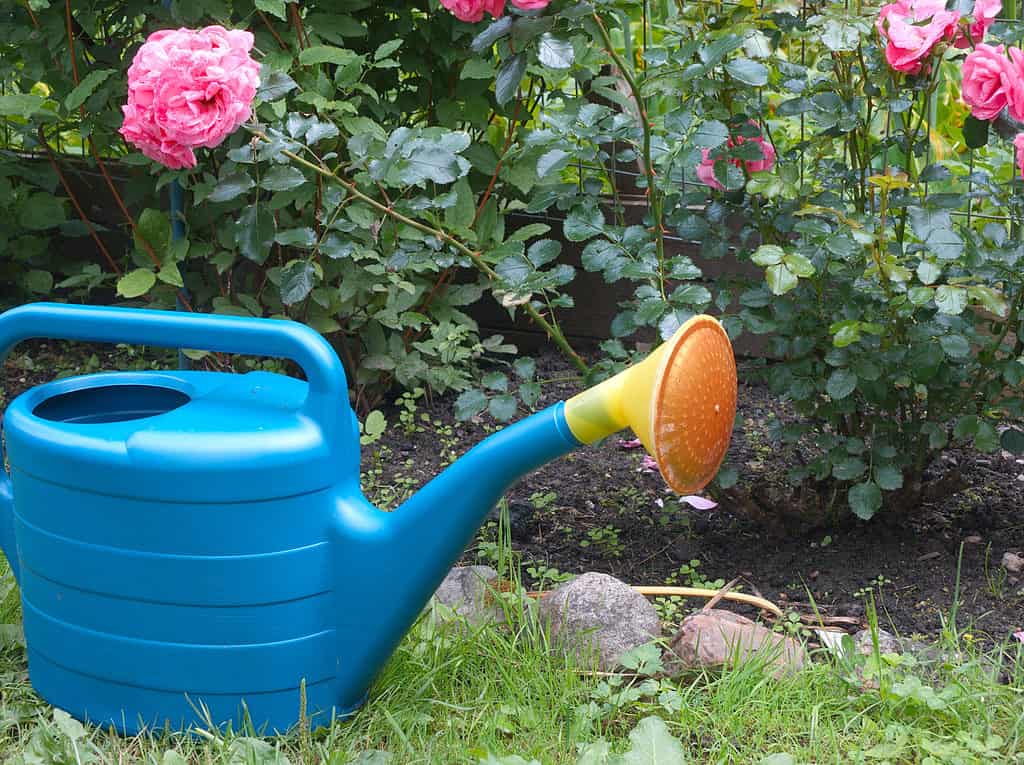
Consistent watering is necessary for lilies to thrive.
©iStock.com/victorass88
While some varieties of lilies can withstand droughts, in most cases, this implies that the development of the plant will be significantly hindered. The lily plant won’t be able to produce flowers if it can’t develop quickly enough.
Gently water the lilies as soon as the soil begins to dry out; avoid waiting until the plant droops because by that time it will already be stressed out. After a drought, just be careful not to drown the plants because that might lead to even more issues.
Summary of Why Your Lilies Didn’t Bloom
| Number | Reason |
|---|---|
| 1 | Bulb type |
| 2 | Bulbs aren’t planted deep enough |
| 3 | Bulbs are overcrowded |
| 4 | Not enough sunlight |
| 5 | Too much nitrogen in the soil |
| 6 | Diseases |
| 7 | Trimming foliage too early |
| 8 | Winter was too warm |
| 9 | Lily bulbs are planted in the wrong direction |
| 10 | Not enough water |
Thank you for reading! Have some feedback for us? Contact the AZ Animals editorial team.

